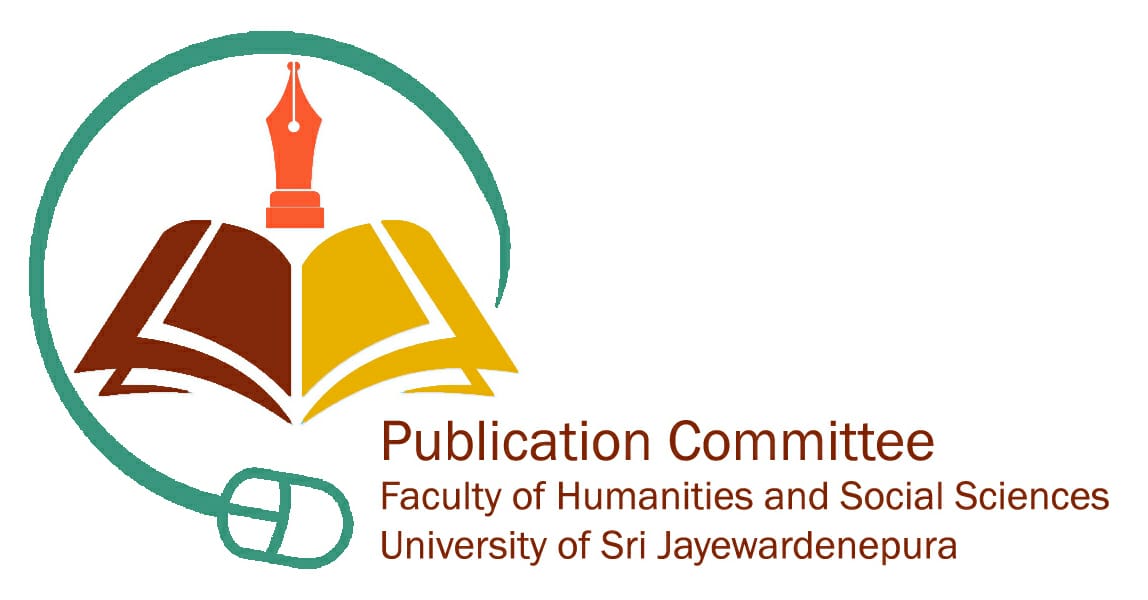Evolution of Digital Sound and Light Shows
‘Son et lumière’ (the French term for ‘Sound and Light’) or a Sound and Light Show is a form of nighttime entertainment usually presented in an outdoor venue of historical significance. The credit for the invention of this concept goes to Paul Robert-Houdin, who was the curator of the ‘Château de Chambord (Chambord Castle)’ in France, which hosted the world’s first son et lumière in 1952. Subsequently, another Sound and Light Show was launched in 1961 at the Great Pyramid of Giza (Egypt). The first in Asia took place at the Red Fort in Delhi (India) in 1965.
At present, with the development of digital technologies and laser light technology, high-quality Sound and Light Shows are widely used as a mode of on-site interpretation at cultural heritage sites for delivering a combined experience of entertainment and education to the visitors. The multi-coloured lights of changing intensity are projected onto the facade of the historical monument/ ruin, and these changing light effects are synchronised with a recorded soundtrack or a live narration, carrying music to dramatise the story of that particular site/monument. In addition, Pyrotechnic effects (smoke bombs, fireworks, etc.) are occasionally included for added spectacle.

Although the lights were just projected onto the monument facades in earlier times irrespective of their surface irregularities, the technology called ‘Projection Mapping’ is presently being used to fit the visual projection exactly onto the shape of the surface. Software like ‘MadMapper’, ‘Isadora’, ‘Mapio’, ‘HeavyM’ and ‘Resolume Arena’ are used to develop content for these shows incorporating projection mapping technology. A relatively recent variation is that, rather than the music and narration coming through a concert-like sound system, the audience are given headsets, such as the show at the ‘Lights of Liberty’ of Philadelphia, Pennsylvania (USA), which allows the audience to move through a historic district as the show proceeds.
International Examples
The following sites are a few more examples worldwide that hold Digital Sound and Light Shows in their cultural heritage sites.
- Egypt – The Great Pyramids and Sphinx, Karnak Temple, Temple of Philae, The Temple of Abu Simbel and Temple of Edfu
- France – Notre-Dame Cathedral (Figure 2), Loire Valley, Palace of Versailles, Les Invaides and many more historical ‘Chateâux’ (manors of nobles)
- India – More than 15 Sound and Light Shows are conducted at heritage sites, especially forts, castles and stupas in India. Delhi Red Fort (Figure 1), Amer Fort, Khajuraho Temple, Akbari Quila, Ajmer, Jantar Mantar, Jaipur, Purana Qila in Delhi, Golconda Fort, Konark Sun Temple are among the most popular, and the recent addition is Dhamekh Stupa in Saranath
- Israel – Tower of David in the Citadel of the Old City of Jerusalem, the Desert butte of Masada
- Mexico – World Heritage Sites of ‘Uxmal’, the largest settlement of Mayan Civilization (Figure 2) and ‘Teotihuacán’, a vast Mayan complex
- Thailand – Sukothai Historical Park
As for the benefits of this digital interpretation technique, it has statistically been proven that Digital Sound and Light Shows have increased the visitation to these cultural heritage sites and have become a substantial income generation avenue for those sites. As per the post-visit feedback of the visitors, these Sound and Light Shows are attractive items within the visitor itineraries due to the combined experience of education and entertainment offered.

However, it is noteworthy that Digital Sound and Light Shows are not applicable and feasible to all cultural heritage sites as several assessments should be done under specific criteria prior to implementation. For instance, if we consider the six Cultural World Heritage Sites (CWHS) of Sri Lanka, which are Anuradhapura, Polonnaruva, Kandy, Sigiriya, Galle and Dambulla, the following criteria are suggested to be assessed by this article author.
Considering the present-day nature of the site is crucial when introducing a Digital Sound and Light Show to a cultural heritage site. For instance, Anuradhapura CWHS is comprised of both living and archaeological monuments and they consist of multiple heritage values. Despite having numerous heritage values, the religious function/use is dominant in Anuradhapura CWHS, hence special consideration should be taken and also the rituals, perceptions and beliefs of the particular society/context have to be respected when using these technologies. Social and religious unrest is unavoidable if these modern applications and their objectives are misunderstood or misinterpreted. The situation is similar in the sites like Polonnaruva, Kandy and Dambulla, where religious function occupies a significant position.
Therefore, having a Digital Sound and Light Show in a religious site (within a CWHS) in the Sri Lankan context is hard to realise, unlike the examples like Dhamekh stupa in Saranath (India) (Figure 3), Konark Sun Temple (India), Sukothai Historical Park (Thailand) and Notre-Dame Cathedral (France) (Figure 2), which are also religious sites.
Accordingly, Sigiriya, an ‘archaeological site’ at present, is a suitable candidate for this Digital Sound and Light Shows, subjected to an Environmental Impact Assessment (EIA) and a Heritage Impact Assessment (HIA). Although Galle is still a ‘living city’ with multiple functions and heritage values, upon the condition of not causing disturbance to the residential settlements and other functions, Galle CWHS is also a suitable candidate to introduce a Digital Sound and Light Show, subjected to a proper Social Impact Assessment (SIA) and an HIA. Except for the six CWHS, there are several other potential cultural heritage sites as well. Upon that, the value addition to the visitor experience by the use of Digital Sound and Light Shows will eventually enrich the image of our CWHS and other cultural heritage sites and thereby uplift the position of the country as a heritage destination in the world.
References
Bonjour Paris. (2018, October 19). Dame de Coeur 2018: Notre-Dame Cathedral Like You’ve Never Seen Before. Retrieved from Bonjour Paris: https://bonjourparis.com/events/dame-de-coeur-2018-at-notre-dame-cathedral/
Britannica. (2021). Son et lumière. Retrieved from Britannica Encyclopedia: https://www.britannica.com/art/pageant
Experiencias Xcaret Parque. (2021). Uxmal Sound and Light Show (Uxmal Luz y Sonido). Retrieved January 31, 2021, from https://www.uxmal.com/espectaculo-uxmal-yucatan.php
Misr Company for Sound and Light. (2021). Sound & Light. Retrieved J anuary 31, 2021, from Sound & Light Egypt: https://soundandlight.show/en
Shakra, R. (2018). What is Projection Mapping? Retrieved from Projector Central: https://www.projectorcentral.com/what-is-projection-mapping-2.htm
The Times of India. (2020, November 11). Sarnath light & sound show becomes a reality after 18 years. Retrieved from The Times of India: https://timesofindia.indiatimes.com/city/varanasi/sarnath-light-sound-show-becomes-a-reality-after-18-yrs/articleshow/79161153.cms
Wimalasuriya, R. N., Kapukotuwa, A., & Ranasinghe, G. (2022, January 01). Conceptual Framework for On-site Digital Interpretation Developments in Cultural Heritage Sites. Vidyodaya Journal of Humanities and Social Sciences, 7(1), 64-84. doi:http://doi.org/10.31357/fhss/vjhss.v07i01.04
Ravini Nimaya Wimalasuriya
Temporary Assistant Lecturer
Department of History and Archaeology







